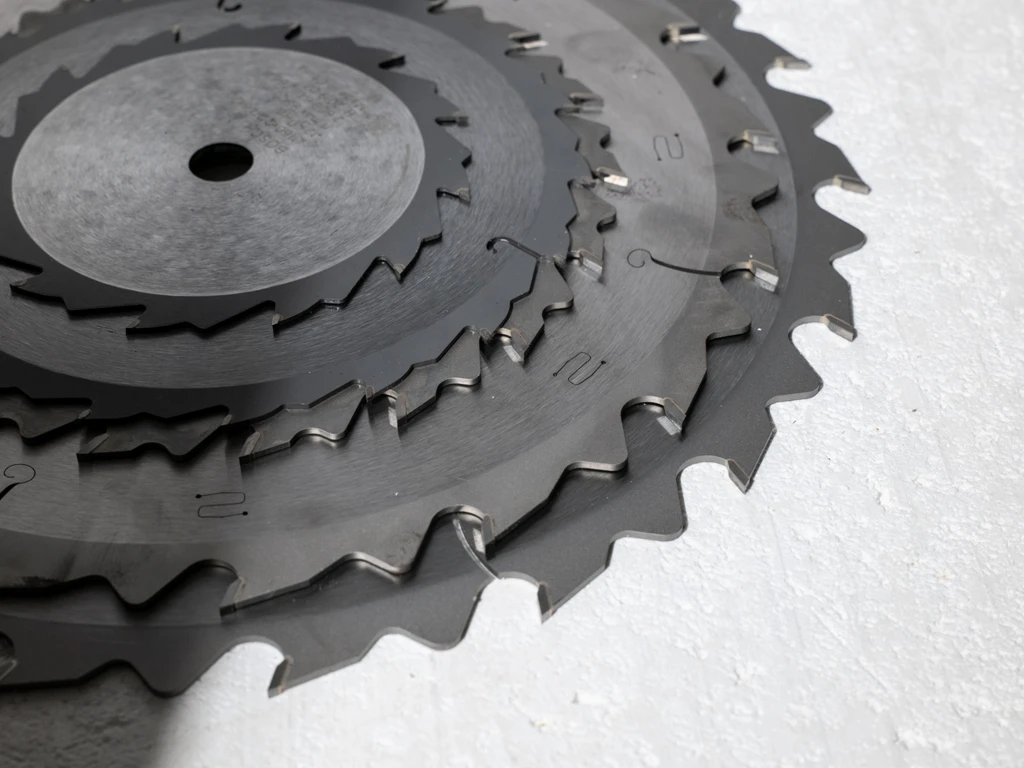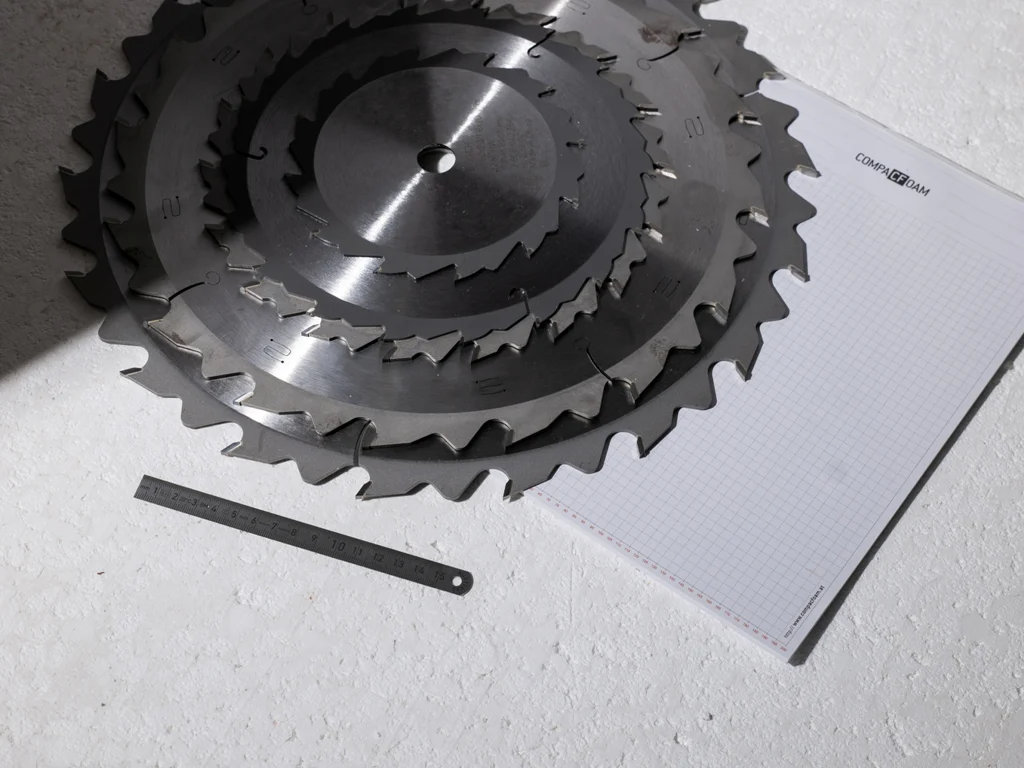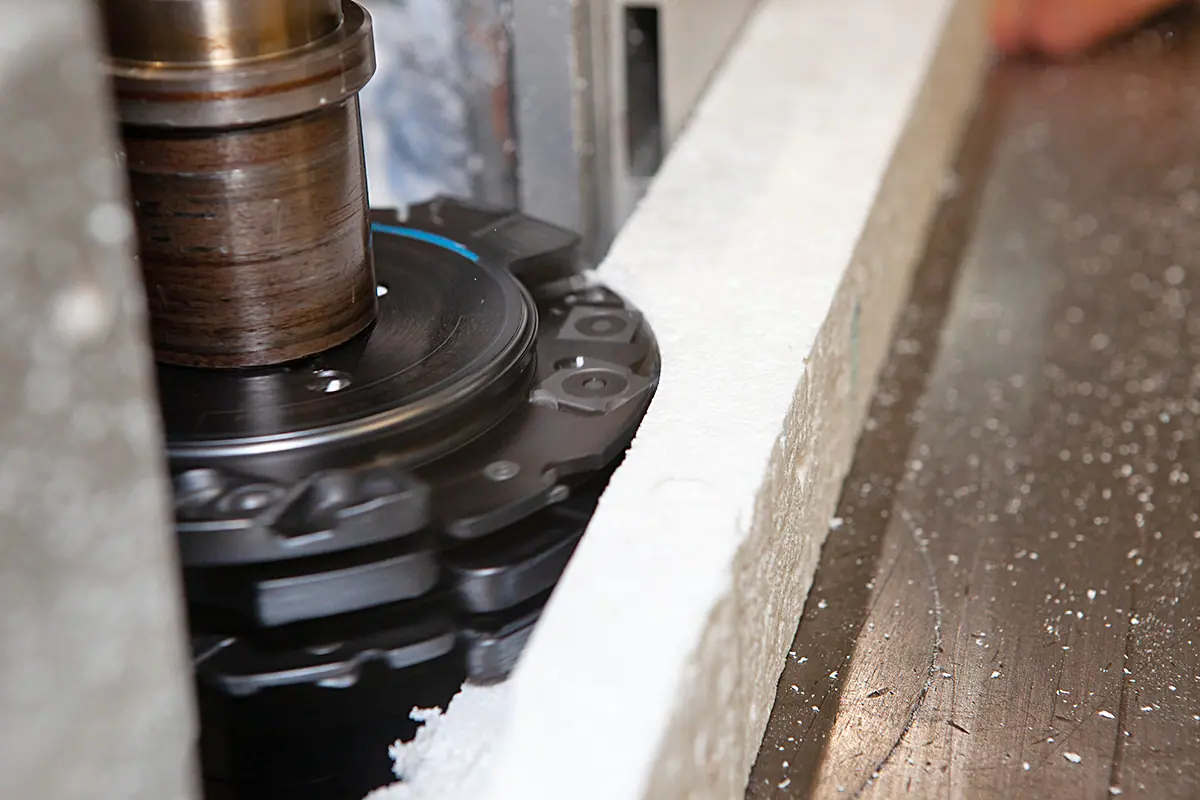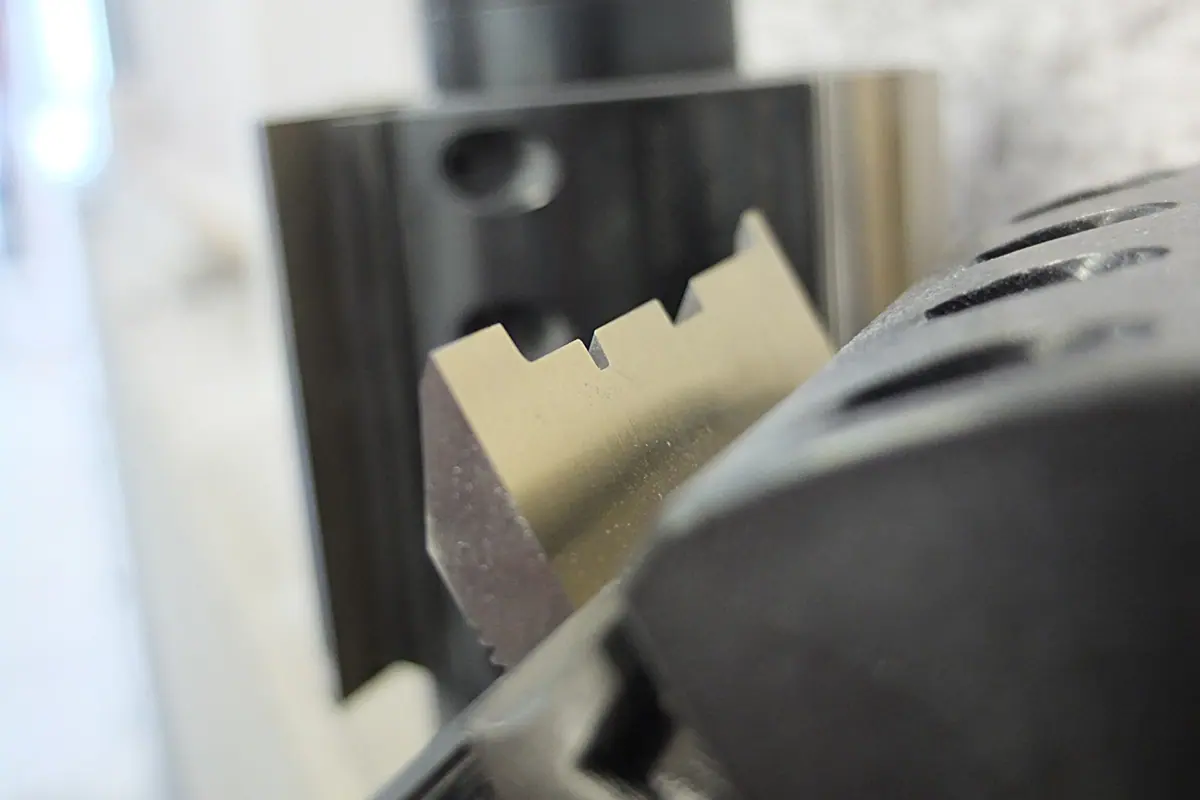Processing
Customized cuts and solutions
Precise, efficient and adapted to your requirements.
When waterproofing with liquid plastics, the installer must ensure that a compatible product is used. The current list of approved liquid plastics can be found under the following link. All products on the list have been tested for adhesion and compatibility by the manufacturer. If a primer is listed, it must be used!
An overview of all tested and approved products can be found here:
further detailsYou are currently viewing a placeholder content from YouTube. To access the actual content, click the button below. Please note that doing so will share data with third-party providers.
More InformationWhen waterproofing with bitumen membranes using the scarfing method, the installer must ensure that the CF UDPs are only scarfed briefly. As a rule, the bitumen membrane is heated on the floor and then rolled onto the CF UDPs while hot and with a liquefied surface. It may be necessary to mechanically press or roll on the membrane to achieve sufficient adhesion. The membrane can then be scarfed over from the outside without damaging the substructure.
As with all materials in reaction to fire class B1, the installer must of course ensure that he avoids direct contact between the building material and the flame in order to prevent the building material from igniting.
You are currently viewing a placeholder content from YouTube. To access the actual content, click the button below. Please note that doing so will share data with third-party providers.
More InformationCOMPACFOAM can be easily cut to size using commercially available saws such as circular saws, pressure beam saws or hand-held circular saws. It is important to use saw blades with a wide tooth spacing and free chip space.
You are currently viewing a placeholder content from YouTube. To access the actual content, click the button below. Please note that doing so will share data with third-party providers.
More InformationCOMPACFOAM can be screwed together perfectly without pre-drilling. We recommend screws with a wood thread and a thick screw core and sharp thread, e.g. typical window frame anchors with a diameter of 7.5 mm. The screw is inserted without pre-drilling directly into COMPACFOAM screwed in. The material displaced by the core is compacted laterally in the screw hole and thus significantly increases the pull-out strength. When screwing in small diameters (<5mm) in low densities (CF100, CF125, CF150), the tightening torque must be limited to prevent overtightening.
You can find suitable screws here:
suitable screwsScrew-in depth
The screw-in depth depends largely on the material of the building structure, as different materials have different strengths and properties. Hard materials such as steel or concrete require shallower screw-in depths, while soft materials such as aerated concrete or lightweight bricks require a greater anchoring depth to ensure optimum stability. See table.
Pre-drilling
The pre-drilling diameter depends on the material of the structure. Drilling with impact should be avoided, particularly with lightweight structures, to prevent damage to the material.
Please refer to the table for details.
You are currently viewing a placeholder content from YouTube. To access the actual content, click the button below. Please note that doing so will share data with third-party providers.
More InformationCOMPACFOAM is an extremely low abrasive material. Processing is carried out with inexpensive wood cutters or blanks in simple HS quality. Expensive diamond-tipped tools such as those used for some PU composites available on the market are not required.
The low tool costs represent a significant cost advantage in the production of milled profiles with COMPACFOAM represent.



